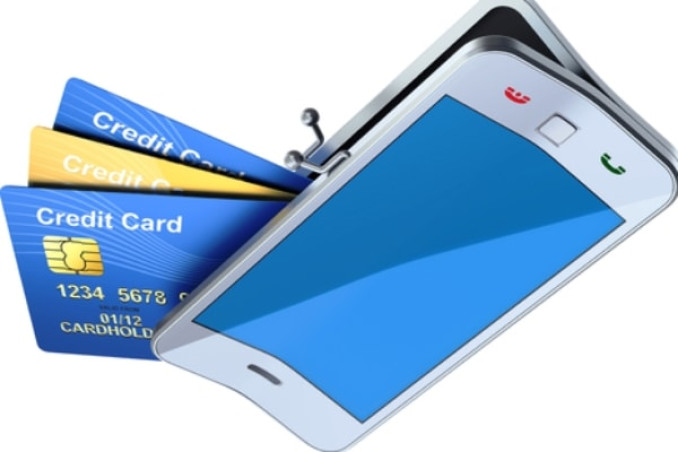Four key lessons for banks pursuing mobile innovation in 2017

Online security is paramount, but ease of use cannot be compromised, says Entersekt CEO, Schalk Nolte.
At the start of a new year fraught with uncertainty on many levels, leaders in the local banking and financial spheres are looking to gain any competitive advantage they can. As Internet access and smartphone penetration make exponential gains in South Africa and the rest of Sub-Saharan Africa, mobility will surely be a focal point in the race to gain consumer loyalty. According to Ericsson's 2016 Sub-Saharan Africa Mobility Report, smartphone penetration is forecasted to reach around 80% by 2022, while mobile subscriptions on smartphones will rise by 21% annually from 2016 to 2022.
For banks and other financial services providers in the region, mobile adoption represents a colossal opportunity to create a single touchpoint where customers can transact and make payments safely and seamlessly. Already, customers are turning away from physical branches and are transacting online from their desktops and mobile devices. Indeed, while banking apps have been available since 2011 in Africa, it is estimated that adoption doubled in 2016, and far outpaced the uptake from the previous three to four years combined.
Beyond Digital: Designing a Central & Secure Ecosystem
In the coming year, we will be encouraging our savvy banking clients to take this trend much further – by creating one central app or ecosystem whereby all payments can be made via mobile. This will likely take various forms, and will incorporate emerging tools and capabilities such as tokenisation, tap-to-pay (NFC) and even bots (artificial intelligence).
The key to success for African banks in this endeavour will be the security of the app or ecosystem. Unlike other businesses and industries that are looking to migrate consumers to digital interactions and touchpoints, banks have already won the trust and confidence of their customers, so it is critical that this trust is both fiercely protected and enhanced through any new digital tool.
The Next Step
As banking and financial players look to embrace the move to mobile and leverage it as a central pillar of their offering, there are several lessons that can be taken from the past few years of digital development. These lessons, combined with a willingness to evolve and innovate, can guide banks towards a more dynamic, customer-centric and future-proof mobile strategy for 2017.
1. Plan a mobile journey (not just a single app release)
Both digitisation and financial technology are fast-changing and constantly improving spheres, in which time-stressed customers are always demanding more functionality and better ease of use. Although the app is fast becoming the main touchpoint, banks should devote their resources to designing a long-term mobile journey. This journey will naturally involve the development of a central app, but it will also take into account the ongoing iteration and innovation that today’s competitive landscape requires.
2. User experience is everything
As with any digital touchpoint, banks need to create apps that cater for consumers who are constantly on the go. For any mobile strategy to work, the user experience is critical, with consumers able to complete their tasks (such as making payments) in just one or two simple and frictionless steps. Any service that brings with it hassles or complications will quickly lead to consumer frustration and a tarnished brand image. Companies such as Apple and Uber have demonstrated the immense importance of creating tools that are attractive and intuitive, as well as functional.
3. Make it a one-step process
In line with the need for simplicity and ease of use, banks need to ensure that their customers are only required to follow a single user action across all channels. If customers have to remember multiple passwords and usernames for different platforms and channels that all connect to the same app (for example), they will be far less likely to use it on a regular basis. Also, the added simplicity of a single user action fosters the much-needed sense of trust and confidence in the app or ecosystem.
4. Keep security top of mind
For banking customers to wholeheartedly embrace a central banking app or new mobile ecosystem, they have to be fully confident that their data and transactions are secure. As it stands, it appears that banks and financial services providers still have work to do when it comes to assuring users that their digital platforms are trustworthy.
In the United States, for example, the Federal Reserve conducted research into mobile banking and the various trends and challenges associated with it. The research revealed that 73% of people had concerns about the security of mobile banking technology, and therefore did not use banking apps. In South Africa, which lags behind the U.S. in terms of Internet adoption and general online know-how, this number is likely to be higher. As a result, it is even more important that local banks partner with the right mobile security partners to ensure that their apps and mobile ecosystems are secure.
 Africas leading resource for digital financial services
Africas leading resource for digital financial services


comments